Local Black history – in film
Local charity Urbanwise.London’s new film celebrates the rich Black history of Hammersmith and Fulham – and encourages you to explore your community.
Urbanwise.London is an environmental and educational charity working mainly in west London. It encourages people to go out to explore the history and nature of their local area, working with schools, families and community groups.
To celebrate Black History Month 2021, Urbanwise.London created a film, funded by Hammersmith United Charities, which brings to life the people and places at the heart of Hammersmith & Fulham’s Black history.
The aim is, says Carlos Izsak, Urbanwise.London’s education officer, to “tickle the imagination – there’s a lot of research and information in the film, but we wanted to keep it snappy; the animations make it quite dynamic too.”
The film uncovers the area’s rich local history, sharing vibrant stories about Black people from the area.
We learn about Mary Seacole, who “we could talk about for days”, says Carlos. A skilled nurse who was born in Jamaica in 1805, Mary wanted to travel the Crimean War to treat injured and ill soldiers with Florence Nightingale. She was rejected, so she arranged her passage independently and got to work. George Lawson, a British medical officer wrote: “She did not spare herself if she could do any good to the suffering soldiers. In rain and snow, in storm and tempest… Sometimes more than 200 sick would be embarked in one day, but Mrs. Seacole was always equal to the occasion.”
Mary was buried in west London in 1881, lying there unknown for nearly a century. Bringing “some justice to her”, as Carlos puts it, there is now a beautiful sculpture to celebrate her achievements in front of St Thomas’s Hospital. It’s believed to be the first memorial in the UK to a named Black woman.
We hear too about William and Ellen Craft, former African American slaves turned fugitives, who met in Georgia, USA. They escaped from the plantation they were on, with Ellen dressing up as a white man. As she had light skin, she pretended to be travelling across the USA with her enslaved servant, William. By 1850 they had reached Hammersmith, where they became well-known as lecturers about slavery. They published a memoir about their experiences.
There are many more characters and places to find out about in the film. Bringing these stories to light isn’t always a straightforward process, says Carlos. “There is no such thing as being neutral, you’re always biased – that’s how history works. It’s subjective, but we really tried to portray things as they were, and to get a balance. We wanted to feel that the stories are fair to community.”
Carlos wants the film to be the start of something, not the end. “We’d like to develop some educational resources in the future. I’d love to think of some Year 6 children watching the video in class, asking questions, learning more.”
“I hope the film spurs everyone to find out more, and to get out and explore their area. This way, your local area will feel closer to you; you’ll have a greater sense of connection to the place you call home.”
More information
- Urbanwise.London’s Hammersmith & Fulham Black history film was funded by Hammersmith United Charities. Find out more about Hammersmith United Charities’ grants programme
- Find out more about other organisations we’ve funded
- More about Urbanwise.London

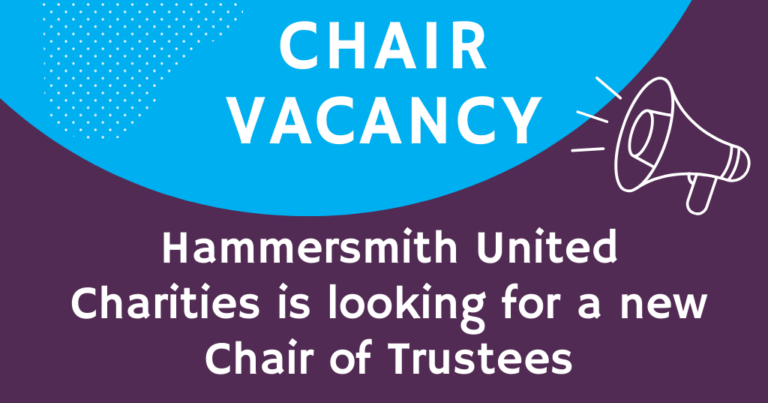
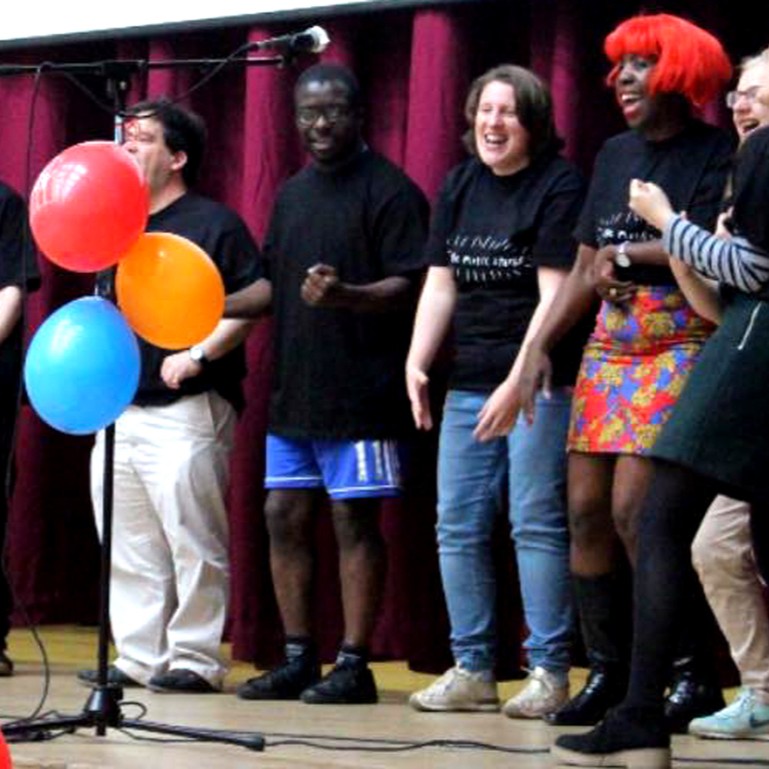
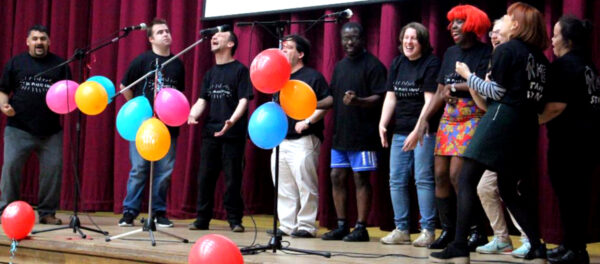
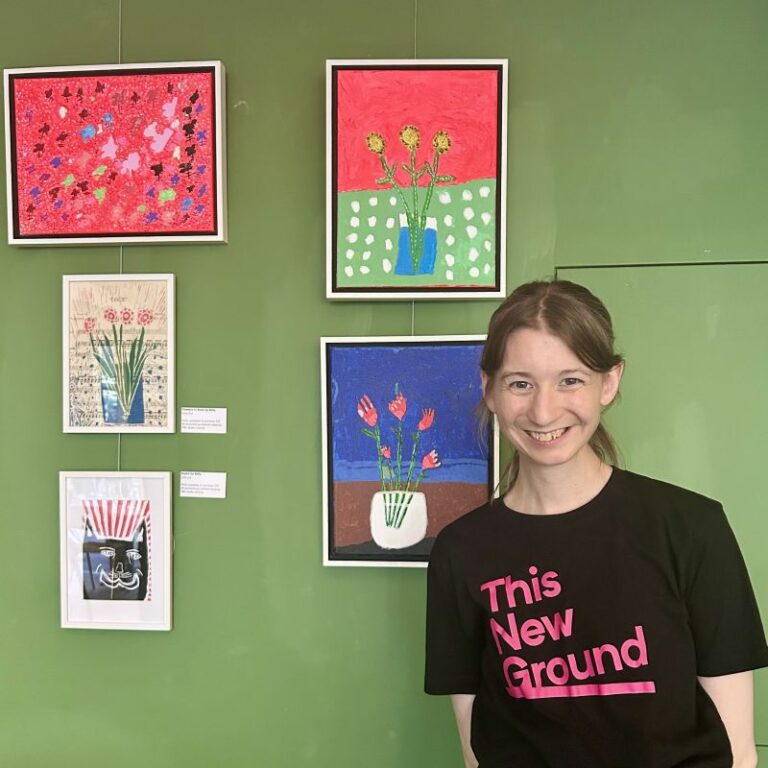
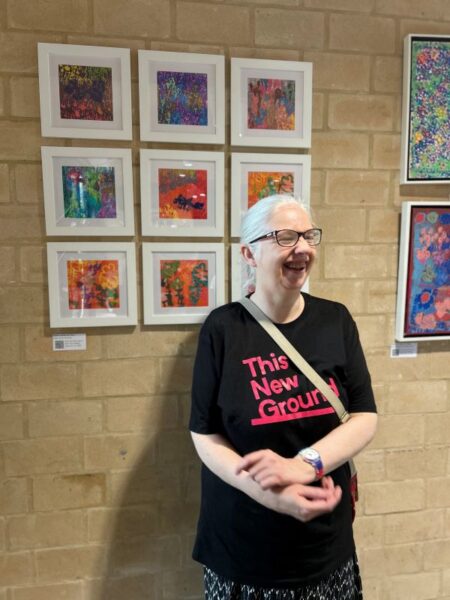

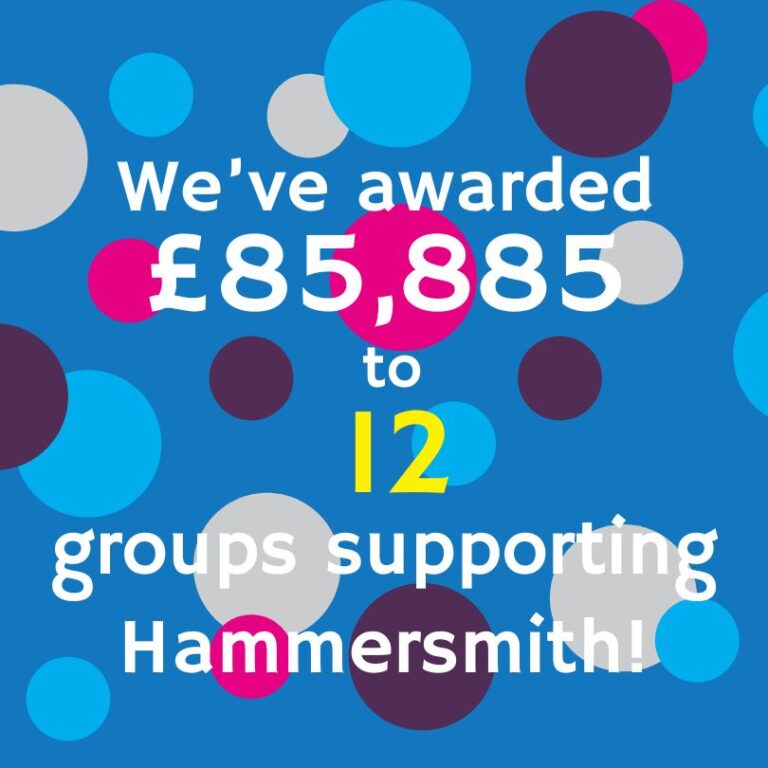
 John Betts Primary School: £12,200
John Betts Primary School: £12,200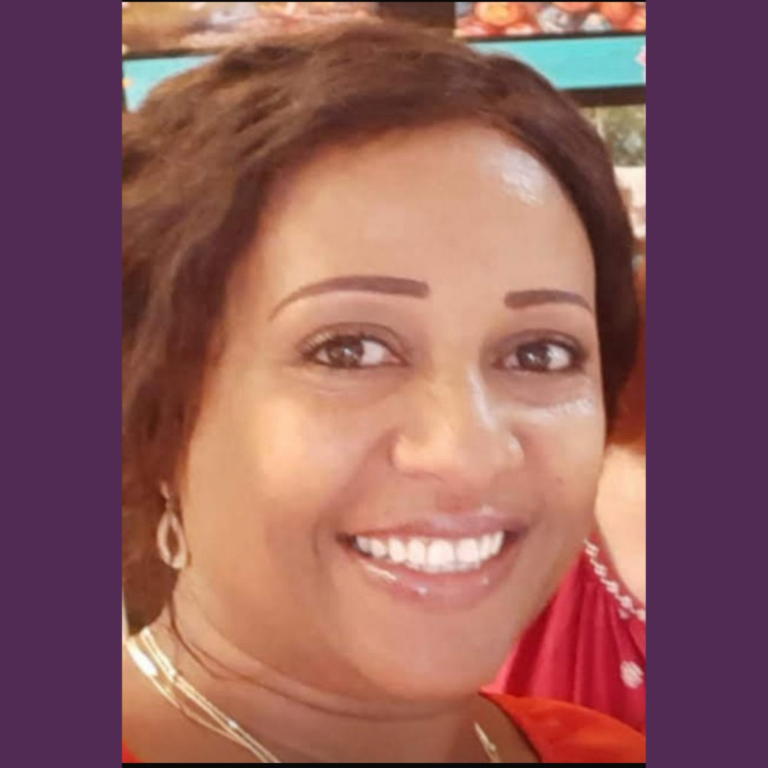
 To address these barriers, Hanna partnered with two other women to set up
To address these barriers, Hanna partnered with two other women to set up 